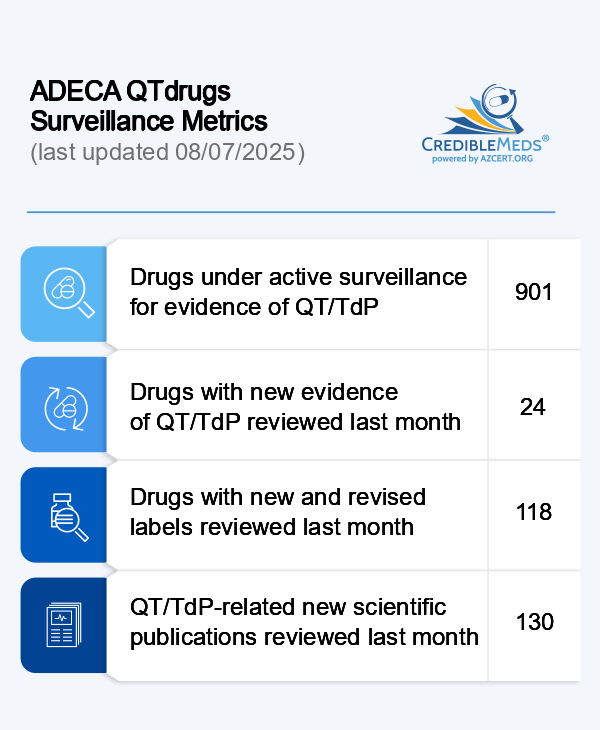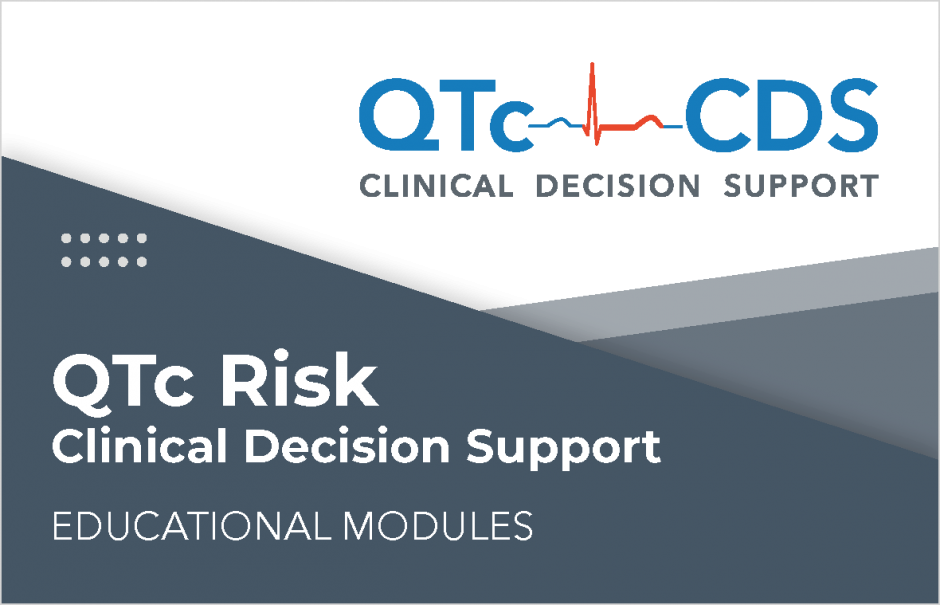Raymond David Woosley, MPH, Raymond L. Woosley, MD, PhD and C. William Heise, MD
Merriam-Webster defines contraindicated as “not advised as a course of treatment or procedure” but the definition fails to address who or what type of organization/agency should have the authority to decide if a treatment is contraindicated under certain conditions. This question becomes especially relevant when there are multiple sources providing discordant advice. A recent scientific publication1 compared the advice given by two commercial electronic data sources (Lexicomp® and Micromedex®) for contraindicated concomitant medications that had been prescribed with fluconazole or itraconazole during 2019–2020 in South Korea. The authors found that co-prescribing of contraindicated drug pairs occurred at a rate of 1.4% and 1.3% for fluconazole and itraconazole, respectively. Remarkably, 31% of the contraindicated drug pairs were identified because of known drug-drug interactions (DDIs) that can lead to prolonged QTc and the increased risk of torsades de pointes (TdP) and sudden cardiac arrest. Of greatest concern was the observation that, for the 3831 co-prescriptions for “contraindicated” drug pairs, there was only 2.3% concordance between the contraindications reported by the two databases. This raises the question of what scientific criteria underpin the determination of “contraindicated” by these and other commercial databases. How should prescribers react to these discordances?
An alternative source of information on contraindications for medications is the manufacturer’s label that has been reviewed and approved by the US Food and Drug Administration (FDA). Although these labels are lengthy and often not readily available when prescribing decisions are being made, the “Contraindications” section is a prominent part of the package insert (aka drug leaflet).
Using the European equivalent of the drug label, the SmPC, German researchers found that the percentage of contraindicated co-prescriptions of drugs in AZCERT’s category Known Risk of TdP increased from 1.7% in 2011 to 6.1% in 2021.2 When feasible, AZCERT recommends prescribers consult this section of the label for contraindicated concomitant drugs and other contraindicated conditions.
AZCERT has reviewed >1000 drug labels for drug-drug interactions and contraindicated drugs and incorporated the findings in its web-based clinical decision support program, MedSafetyScan® (MSS). In addition to reporting a QT risk score and a list of potential DDI’s, MSS informs the user of concomitant drug pairs that are listed as contraindicated in the manufacturers’ FDA-approved labels. We recommend commercial decision support systems also rely on the drug label as a respected and consistent source of this critically important information.
Reference List
- Je NK, Youm S, Chun P. Real world co-prescribing contraindicated drugs with fluconazole and itraconazole. Pharmacoepidemiol Drug Saf 2023.
- Then MI, Tumena T, Sledziewska A, Gassmann KG, Maas R, Fromm MF. Development in Prescriptions of Contraindicated and Potentially Harmful QT Interval-Prolonging Drugs in a Large Geriatric Inpatient Cohort From 2011 to 2021. Clin Pharmacol Ther 2023;113:435-45.











